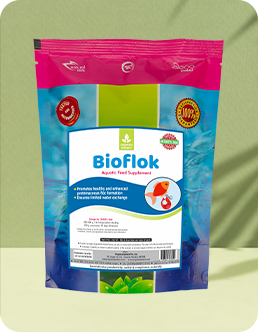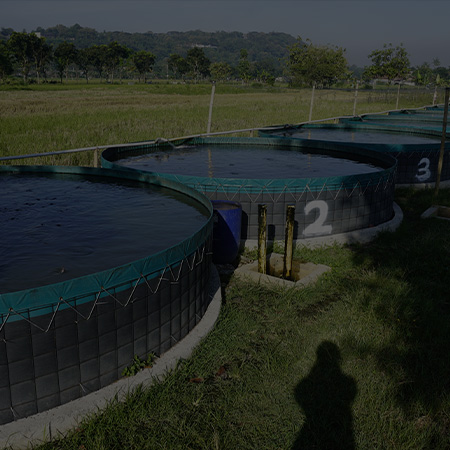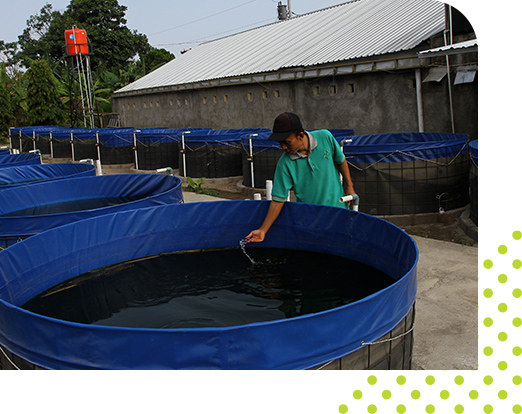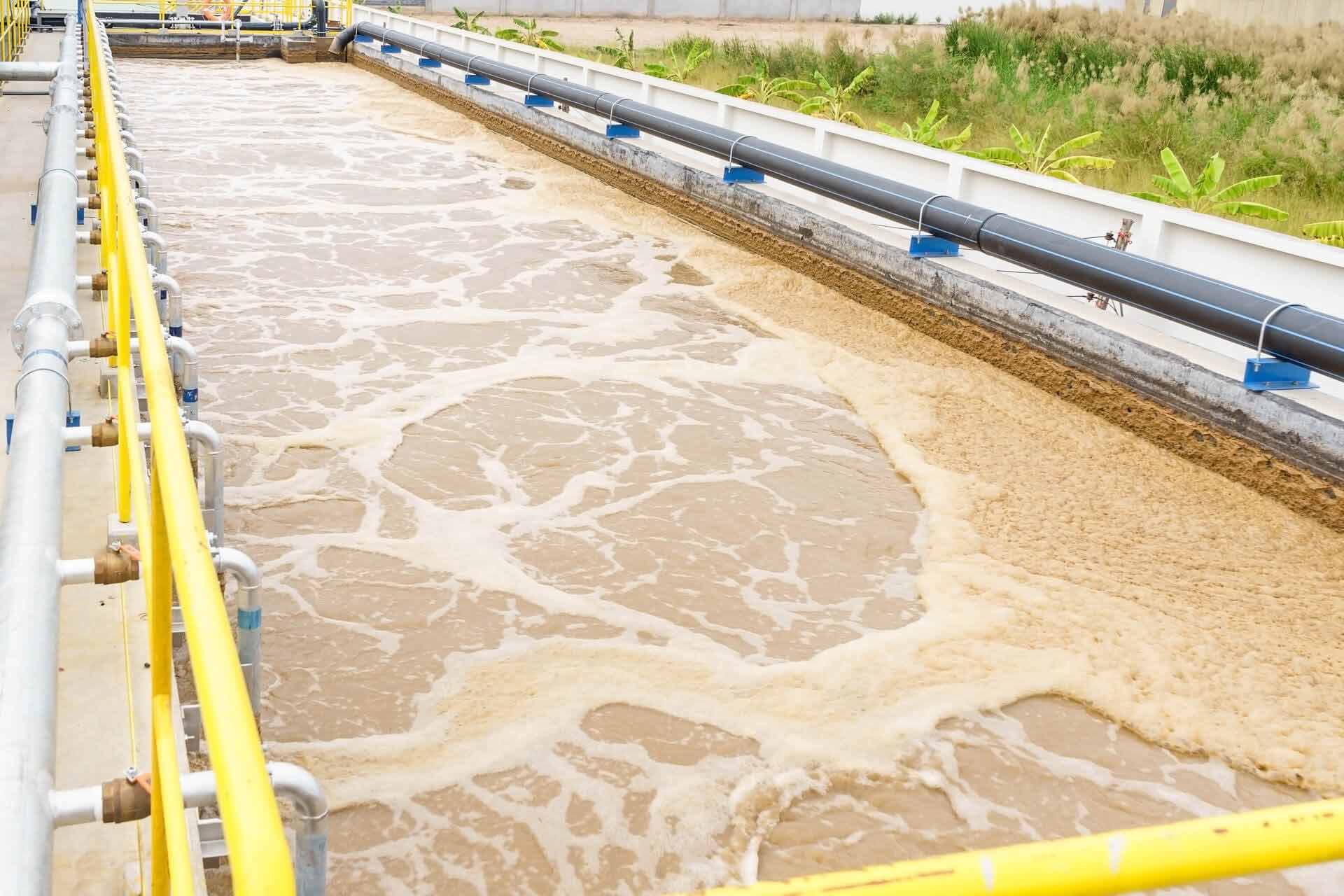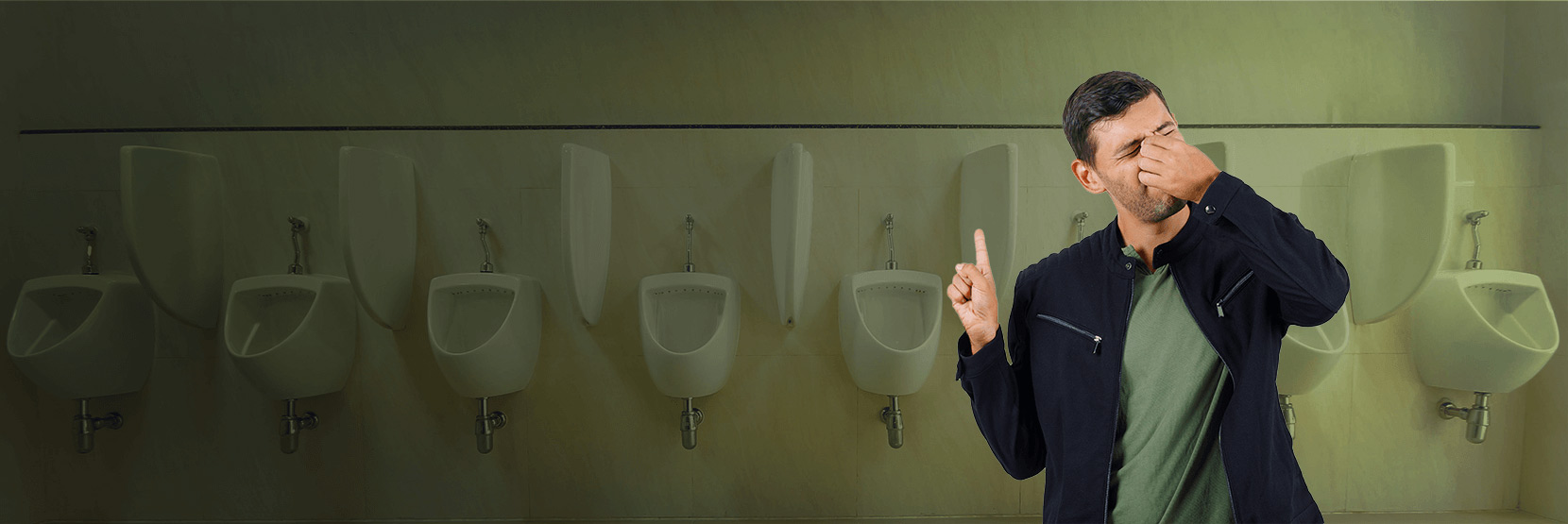Biofloc fish farming is a method that is helping fish farmers to achieve a variety of objectives, including high output, low cost, sustainable growth, better income opportunities, less area, and less maintenance cost. This method is available today and is helping farmers to meet their goals.
Biofloc fish farming is an intensive aquaculture system in which biofloc or bacterial floc is introduced into reinforced geomembrane-lined aquaculture ponds, which convert the waste created by aquatic animals into edible mass.
This edible mass is rich in protein and has a probiotic effect. The higher C:N ratio is maintained through the addition of carbohydrates, and the water quality is improved through the production of high-quality single-cell microbial protein.
Probiotics also serve as immunostimulants to decrease FCR, inhibit pathogenic bacteria, and offer zero to negligible water exchange.
Please check our biofloc preparation formula product Bioflok which is a dense probiotic formulation fortified with selective natural and eco-friendly bacteria specifically required for Biofloc technology.
Biofloc technology is used to remove waste from water. This system uses a set of bacteria that are good bacteria. These are probiotics that kill harmful bacteria.
Thus maintaining the water quality. They have the capability to convert nitrogen in the water into proteins. Biofloc fish farming or fish culture is an intensive aquaculture system in which biofloc or bacterial floc is introduced into reinforced geomembrane-lined aquaculture ponds, which convert the waste created by aquatic animals into edible mass.
This edible mass is rich in protein, vitamins, and micronutrients and acts as probiotics in aquaculture. This improves the immunity of aquatic animals.
In traditional aquaculture, frequent water exchange is required resulting is a wastage of water and larger expenses. Biofloc fish farming technology offers zero water exchange.
